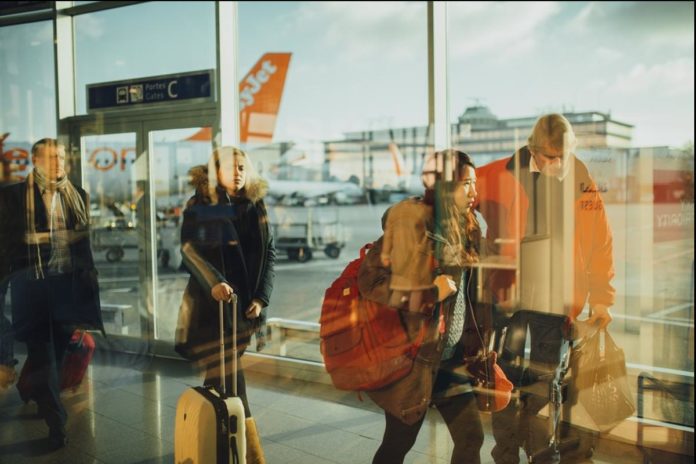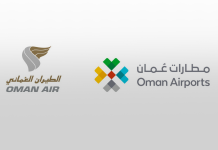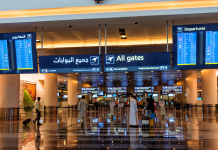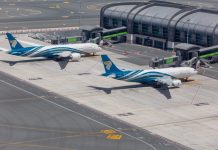The fleet size of operators from all regions serving the UAE is forecast to nearly treble to some 1,730 aircraft by 2038 from around 630 today, according to the 2019 Airbus Global Market Forecast (GMF). This includes 750 Small category aircraft like the A320 and A321, and 980 Medium and Large aircraft like the A330neo and A350 serving the UAE market in the next two decades; this as UAE Origin and Destination (O&D) passenger traffic is forecast to grow 5.8% per annum over the next 20 years.
In the wider Middle East region, air passenger traffic is forecast to grow at a rate of 5.6% per year, which is well above the global average of 4.3% per annum. Over the same period, global freight traffic will see an annual increase of 3.6% in line with the average global freight traffic growth. This will stimulate a requirement for some 3,200 aircraft out of a global requirement of 39,210 new passenger and freight aircraft.

Today, five of the World’s Aviation Mega Cities are in the Middle East, with two, Dubai and Abu Dhabi, within the UAE. These will more than double to eleven over the next 20 years, to include such cities as Muscat and Kuwait City.
Read: Dubai Airshow 2019 kicks off with latest aviation tech
Tourism will continue to be a key growth sector for the Middle East with commercial aviation a key enabler, with figures from the World Travel and Tourism Council indicating that tourism’s contribution to Middle Eastern GDP is nearly 9% today.
As the aviation network and traffic continues to develop in the Middle Eastern region, Airbus forecasts a need for more than 50,000 new pilots and nearly 52,000 new technicians over the next 20 years. The commercial aviation services market as a whole is valued at some US$515 bn over the next 20 years in the region, principally in services optimising and maintaining aircraft availability such as maintenance, material management, technicians training and system upgrades, followed by flight operations services including pilot training or Air Traffic Management solutions, and finally passenger services like cabin upgrades, connectivity and ticketing.






